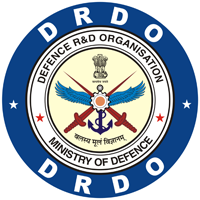Relation Between Deep Chlorophyll Maximum and Vertical Thermal Structure in the Andaman Sea
DOI:
https://doi.org/10.14429/dsj.21340Keywords:
Deep chlorophyll maximum, Mixed layer, Andaman Sea, TemperatureAbstract
This study investigates the deep chlorophyll maximum and physico-chemical properties of the water column to delineate the underlying relation between vertical thermal structure and chlorophyll maxima. The biophysical variability in the Andaman Sea can be characterized as (i) enhanced Chl due to mixing and sediment resuspension in Northeastern Andaman Sea (ii) depressed Chl (0 < Chl < 0.5 mg/m3) in the offshore surface waters; (iii) deep Chl maxima (DCM; 0.5 < Chl < 3.3 mg/m3) observed below the surface mixed layer in the depth range 40–80 m; and (iv) well defined oxygen minima (DO < 3 mL/L) below the DCM. The empirical relation between subsurface temperature and Chl suggests a significant correlation (R2 = 0.78–0.96) indicating optimum light and nutrient conditions for deep accumulation of phytoplankton which linearly decreases down the water column. Future work has to be carried out to understand the underlying relationship between temperature and chlorophyll in coastal and shelf waters.
Downloads
Published
How to Cite
Issue
Section
License
Copyright (c) 2025 Defence Scientific Information & Documentation Centre (DESIDOC)  Where otherwise noted, the Articles on this site are licensed under Creative Commons License: CC Attribution-Noncommercial-No Derivative Works 2.5 India
Where otherwise noted, the Articles on this site are licensed under Creative Commons License: CC Attribution-Noncommercial-No Derivative Works 2.5 India

